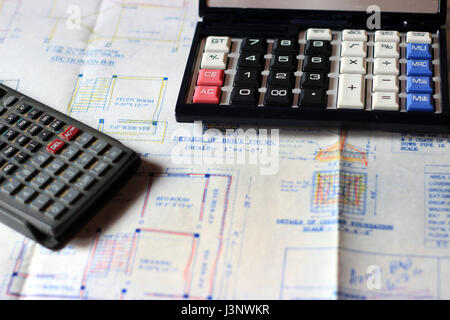

But resolutions that are of a much higher value are quite meanless, as the print result gets hardly better by a higher resolution but the printing process considerably slows down. If a printer does not have a resolution of 300 dpi but 600 dpi or higher, this effects a slight increase of the quality. While the resolution of an image for a high quality print-out requires at least 300 dpi, for the proper representation of an image on the screen, exactly 72 dpi are sufficient. This is equivalent to 13.950 image dots in one cm². Thus, a quadrate with an edge length of 1 Inch contains 300 x 300 = 90.000 image dots. Thus, 300 dpi means 300 dots per inch, thus 118 dots per cm. Which significance has the resolution of a scanner or a printer in the practice, beside the fact that the higher the resolution, the better is the a scan/print-out? As a guideline, there is to apply: in order to make a high quality hard copy of an image, the resolution should be at least of 300 dpi. Thus, our printer prints 236 points within a length of 1 cm and/or 23 points per millimeter. If we divide the resolution of 600 dpi by 2,54 cm we get a resolution of 236 points per cm. What can be exactly pictured under 600 dpi? Inch is an american measurement for length 1 inch is equivalent to 2,54 cm. Accordingly, a printer with a resolution of 600 dpi prints 600 points within the stretch of one inch. The abbreviation DPI is for Dots Per Inch. In the field of filmscanners, flat bed scanners and printers, the most common way to indicate the resolution DPI. What does such a data mean and what can be do with it? is repeatedly heard if it is about the data of the resolution.

DPI (dots per inch), PPI (points per inch), LPI (lines per inch), line pairs per millimeter etc. There are countless variants to indicate the resolution of a scanner or a printer. What do the data of the resolution in DPI mean? Beside of theoretical basics, a procedure of measurement is introduced to learn how the resolution of a flat bed scanner or a slide scanner can be measured. This chapter is fully dedicated to the subject resolution of scanners. But how should one think about such promising mere numbers? Are these only some theoretical producer data or are these values also achieved in the practice? Some producers talk about an optical resolution, others from interpolar resolution. Without spending much money, one can already get some devices with a scan-resolution of thousands of dpi. The modern flat bed scanners and filmscanners abound with impressive values of resolution. In our online shop a USAF-1951 test-target is available.


 0 kommentar(er)
0 kommentar(er)
